Question No 9 Chapter No 5
9. Prepare an Accounting Equation on the basis of the following transactions:
(i) Started business with cash Rs 70,000.
(ii) Credit Purchase of goods Rs 18,000
(iii) Payment made to creditors in full settlement Rs 17,500
(iv) Purchase of machinery for cash Rs 20,000
(v) Depreciation on machinery Rs 2,000.
Solution of Question No 9 Chapter No 5: –
Subscribe our Youtube Channel
| S. No. | Particulars | Assets |
Liabilities |
Capital | ||
| Cash | +Stock | +Machine | +Creditors | |||
| (i) | Started business with cash Rs 70,000. | +70,000 | +70,000 | |||
| 70,000 | – | – | – | +70,000 | ||
| (ii) | Credit Purchase of goods Rs 18,000 | – | +18,000 | +18,000 | – | |
| 70,000 | +18,000 | – | +18,000 | +70,000 | ||
| (iii) | Payment made to creditors in full settlement Rs 17,500 | -17,500 | – | -18,000 | +500 | |
| 52,500 | +18,000 | – | – | +70,500 | ||
| (iv) | Purchase of machinery for cash Rs 20,000 | -20,000 | – | +20,000 | – | – |
| 32,500 | +18,000 | 20,000 | – | +70,500 | ||
| (v) | Depreciation on machinery Rs 2,000. | – | – | -2,000 | – | -2,000 |
| Total | 16,000 | +18,000 | +18,000 | – | +68,500 | |
Answer: –
Assets = Cash 16,000 + Stock 18,000 + Machine 18,000 = 68,500/-
Liabilities = Nil
Capital = 68,500/-
Liabilities +Capital
0 + 68,500 = 68,500/-
Explanation of All Transactions with images: –
This is not a part of the solution, So you don’t have to write it in the exam. So why we explained if it is not needed. Because This explanation will help you to understand all transactions with logic so don’t need to remember all the transactions but just understand and remember the logic use behind it.
Transaction No. 1

As we discuss in the previous topic, A owner and a business both have a separate identity in the eye of law. So, the business will be treated as an Artificial Person and anything invested by the owner into the business will be treated as capital.
So, In this transaction, as shown in the above image owner investing her cash into the business, this will be treated as capital of the business. The business receiving an asset i.e. cash.
Transaction No. 2

In this transaction, as shown in the above image two accounts are involved Stock(Purchase) and Creditors.
Stock a/c (Purchase):- Because business receiving goods.
Creditor: – Because the Business did not pay the due amount yet, But it has to pay in the future, so that’s why the account of creditors is created.
Transaction No. 3
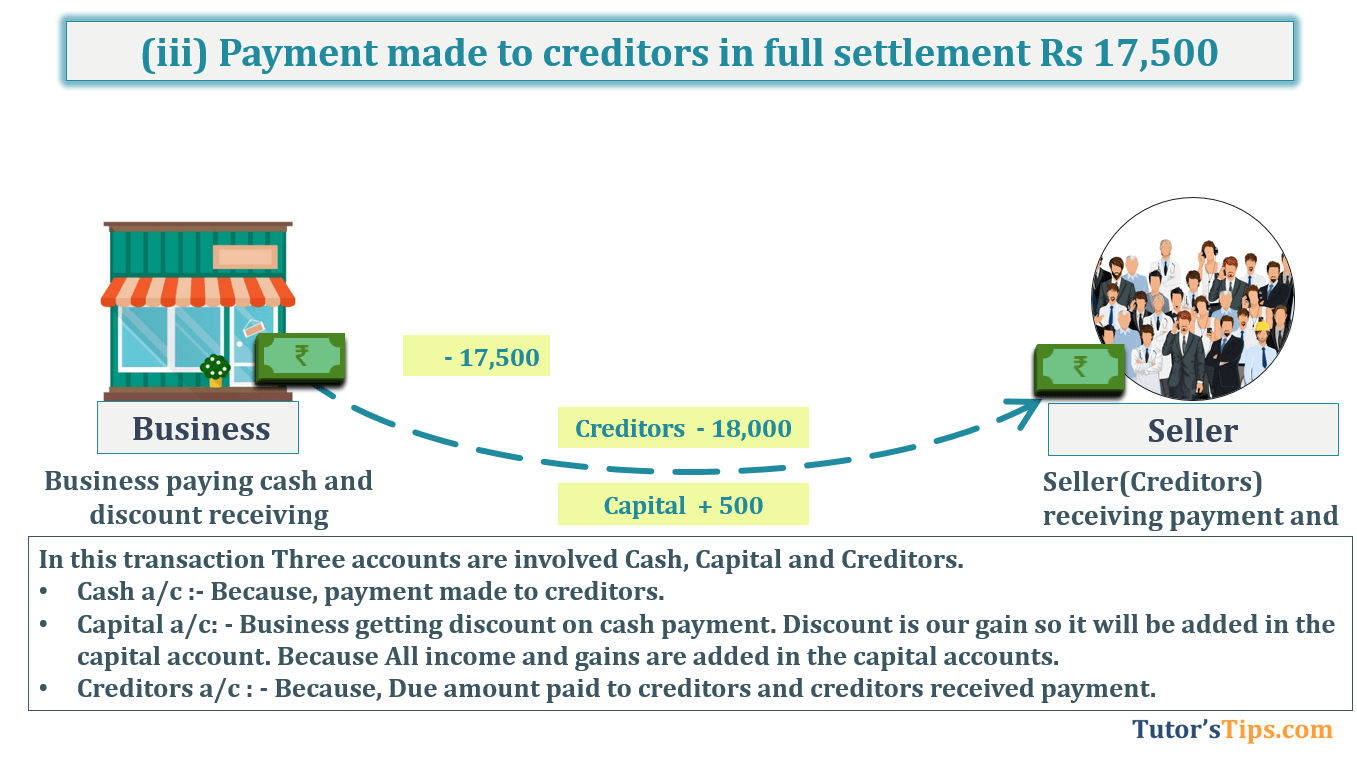
In this transaction, as shown in the above image three accounts are involved Cash, Capital, and Creditors.
Cash a/c :- Because, payment made to creditors.
Capital a/c: – Business getting discount on cash payment. Discount is our gain so it will be added in the capital account. Because All income and gains are added in the capital accounts.
Creditors a/c : – Because, Due amount paid to creditors and creditors received payment.
Transaction No. 4

In this transaction, as shown in the above image two accounts are involved Machine and Cash:
Machine a/c (Purchase):- Because business receiving Machine.
Cash a/c: – Because payment made in cash.
Advertisement-X
Transaction No. 5
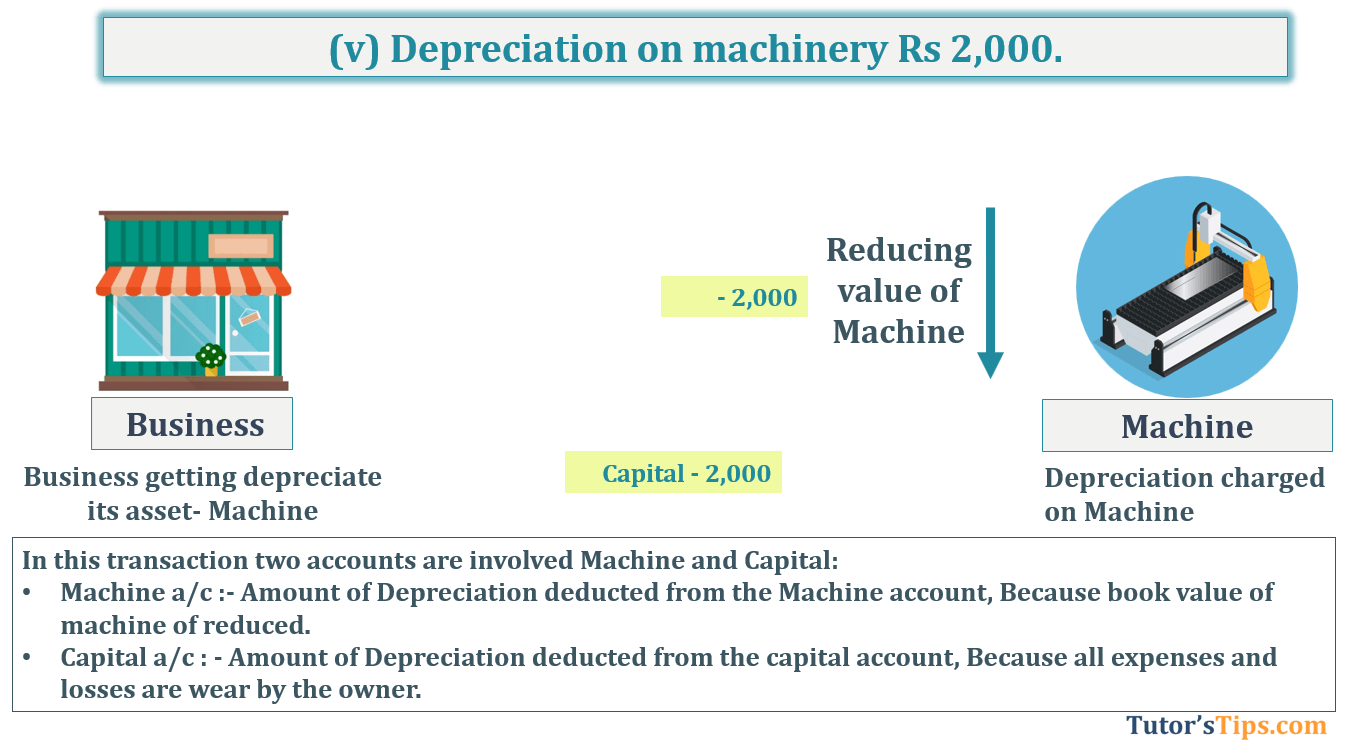
In this transaction, as shown in the above image two accounts are involved Machine and Capital:
Machine a/c:- Amount of Depreciation deducted from the Machine account, Because book value of machine of reduced.
Capital a/c: – Amount of Depreciation deducted from the capital account, Because all expenses and losses are worn by the owner.
Thanks Please share with your friends
Comment if you have any question.
T.S. Grewal’s Double Entry Book Keeping (Class +1) – Solution
- Chapter No. 1 – Introduction to Accounting
- Chapter No. 2 – Basic Accounting Terms
- Chapter No. 3 – Theory Base of Accounting, Accounting Standards and International Financial Reporting Standards(IFRS)
- Chapter No. 4 – Bases of Accounting
- Chapter No. 5 – Accounting Equation
- Chapter No. 6 – Accounting Procedures – Rules of Debit and Credit
- Goods and Services Tax(GST)
- Chapter No. 7 – Origin of Transactions – Source Documents and Preparation of Vouchers
- Chapter No. 8 – Journal
- Chapter No. 9 – Ledger
- Chapter No. 10 – Special Purpose Books I – Cash Book
- Chapter No. 11 – Special Purpose Books II – Other Books
- Chapter No. 12 – Bank Reconciliation Statement
- Chapter No. 13 – Trial Balance
- Chapter No. 14 – Depreciation
- Chapter No. 15 – Provisions and Reserves
- Chapter No. 16 – Accounting for Bills of Exchange
- Chapter No. 17 – Rectification of Errors
- Chapter No. 18 – Financial Statements of Sole Proprietorship
- Chapter No. 19 – Adjustments in preparation of Financial Statements
- Chapter No. 20 – Accounts from incomplete Records – Single Entry System
- Chapter No. 21 – Computers in Accounting
- Chapter No. 22 – Accounting Software – Tally
Check out T.S. Grewal’s +1 Book 2019 @ Official Website of Sultan Chand Publication
T.S. Grewal’s Double Entry Book Keeping

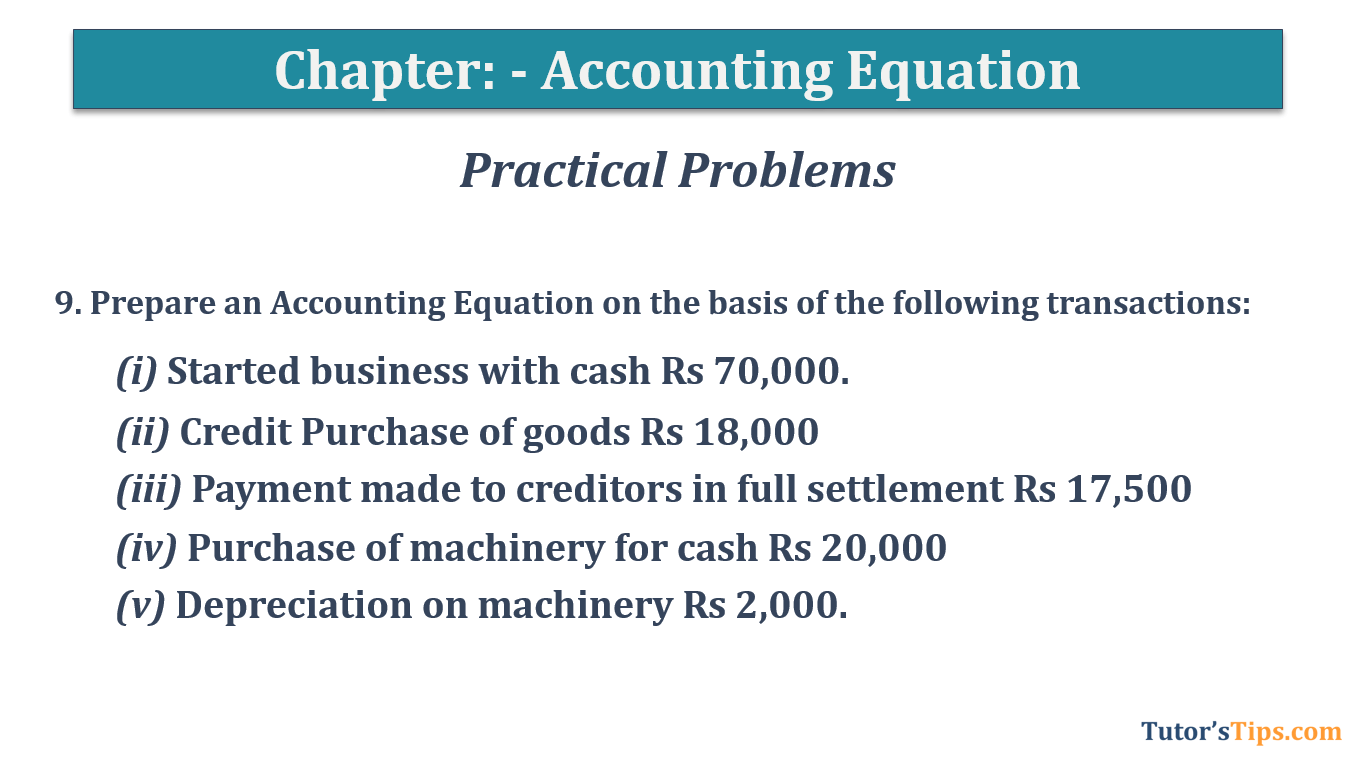
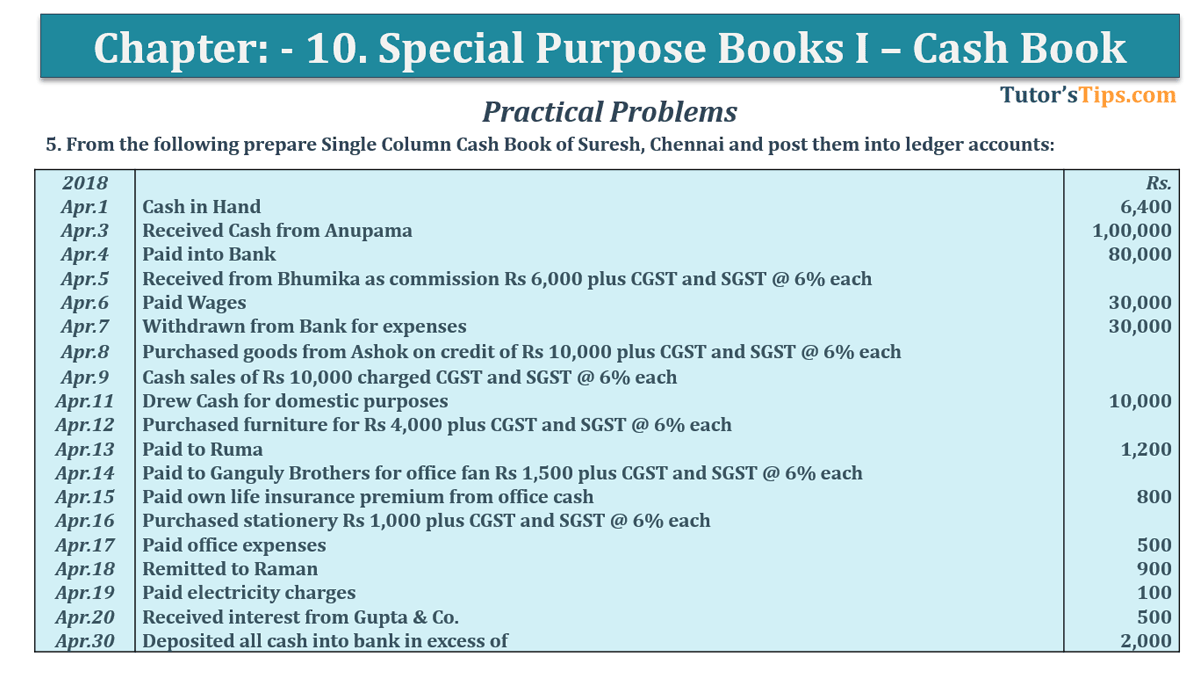


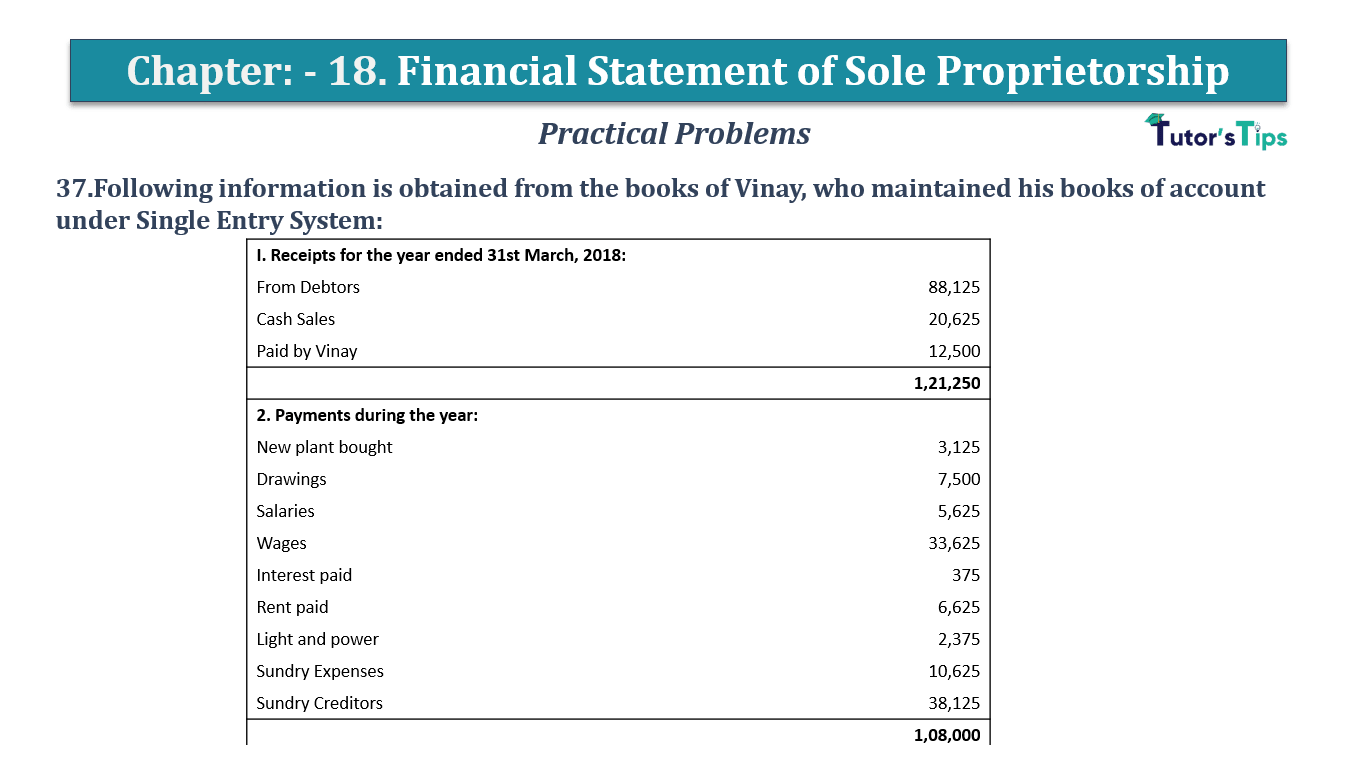


Leave a Reply